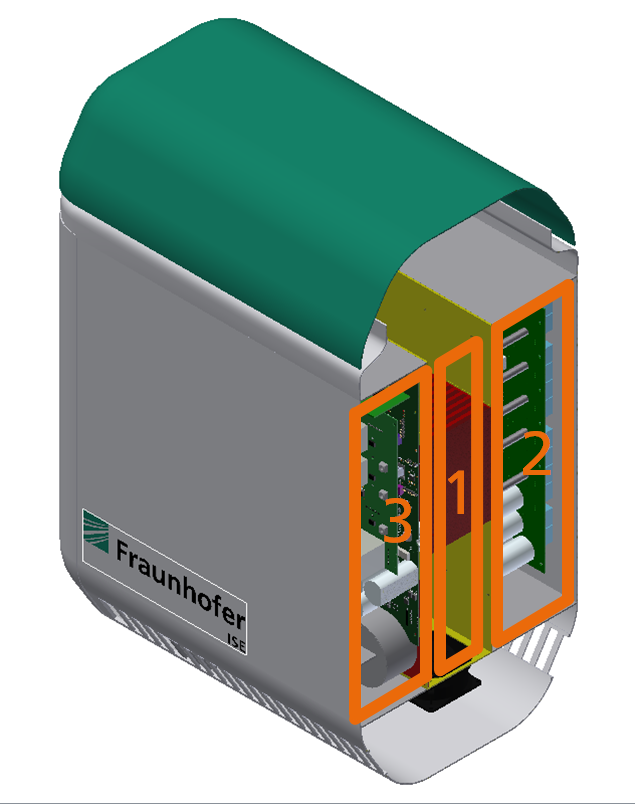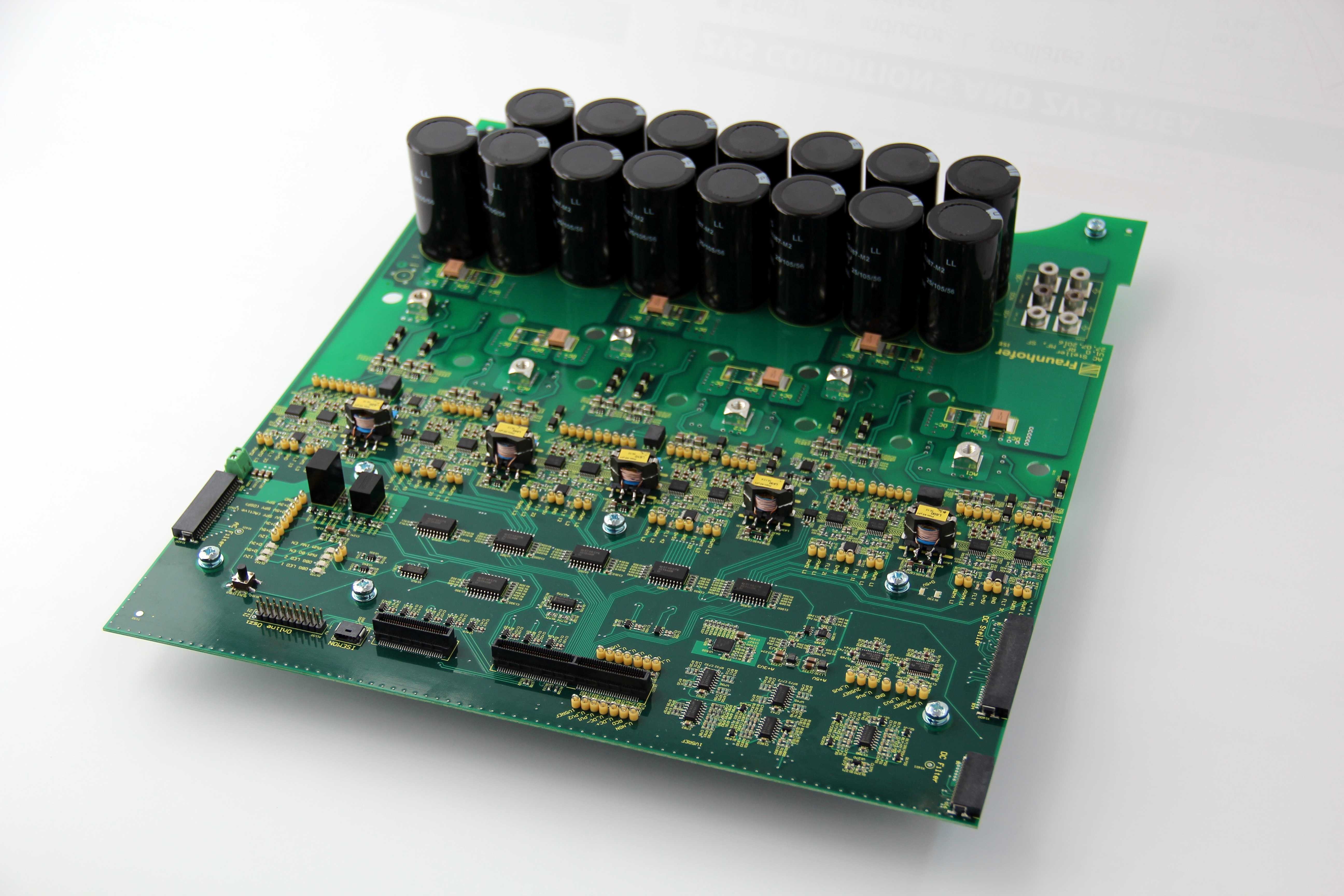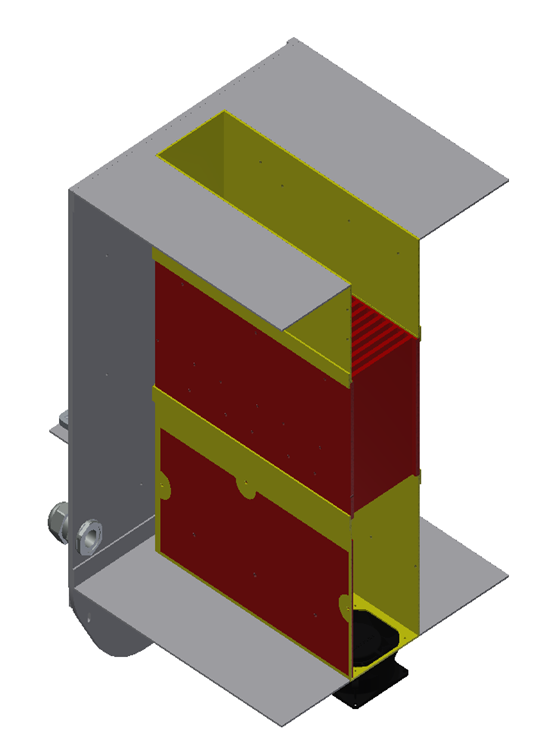| Duration: | January 2014 - December 2016 |
| Contracting Authority/ Sponsors: | German Federal Ministry of Education and Research (BMBF) |
| Project Partners: | SMA Solar Technology AG, Phoenix Contact GmbH & Co.KG, Fraunhofer Institute for Manufacturing Technology and Applied Materials Research (IFAM) |
| Project Focus: |
PV-Pack – Innovative Solutions for New, Highly Integrated PV Inverters in the Power Range from 30 to 70 kW



Increasing cost pressure requires the development of a new generation of PV inverters, which do not only focus on efficiency and reliability, but increasingly also on cost optimization. A cost breakdown highlights particularly one material group, which - in the past - was of rather secondary importance in PV inverter research. Mechanical and electromechanical components, whose share in material costs of current devices amounts to up to 70 %. Housing, cooling components, and support structures for fastening single assemblies can be assigned to the mechanical system. The electromechanical system includes components such as plug connectors, inductances, and circuit boards.
The objective of the project partners is to analyze the group of mechanical and electromechanical components, to develop innovative solution approaches, and to combine them into a new overall concept. The Fraunhofer ISE developed an experimental platform for practical investigations. This platform combines the most innovative approaches and all main components of a PV inverter.
The two-stage inverter platform consists of five MPP tracker and three neutral-point-clamped inverter bridges. The use of SiC-MOSFETs enables a high overall degree of efficiency, even at high switching frequencies. The so-called “hot core” is the central element for cooling the semiconductors. To minimize material use for the cooling element, the maximum temperature of the cooling element was increased from the usual 80 to 105 °C and highly thermally conductive materials used. Fraunhofer IFAM selects the most suitable from different sinter materials.
To reduce the costs for circuit boards and circuit board connections between the assemblies, the 70 kW PV inverter is mainly fitted with components, whose designs do not differ significantly from components used in PV inverters with significantly smaller outputs. The developed experimental platform convinces with a high power density of 500 W/dm³, a high degree of efficiency, and the use of cost-effective mechanical and electromechanical components.